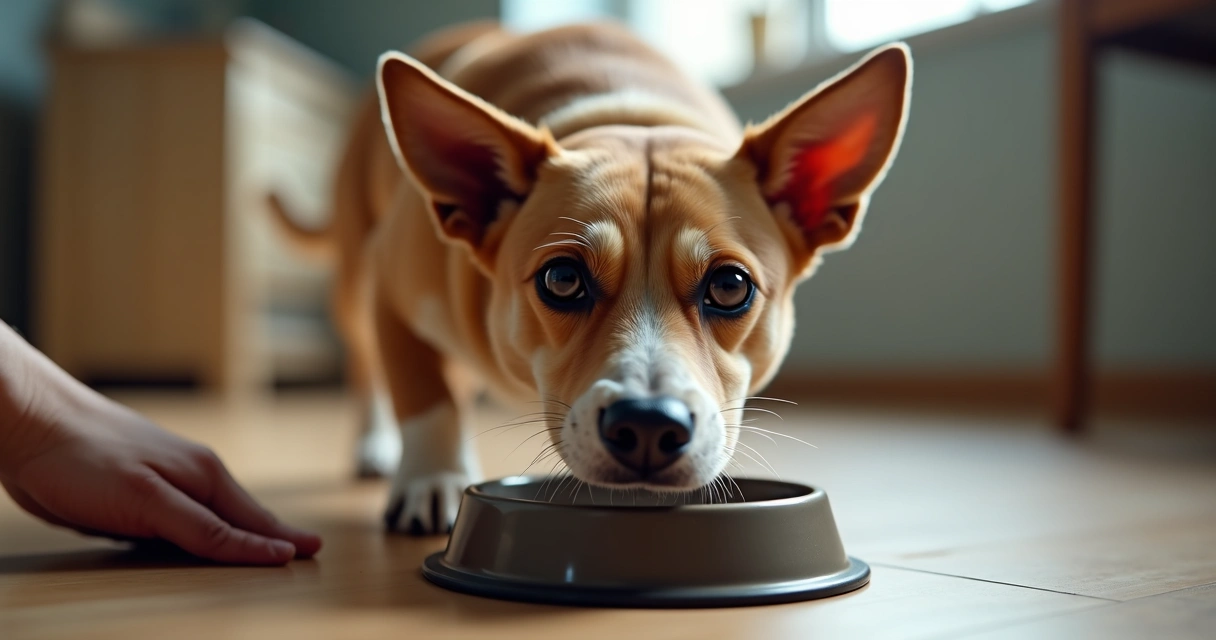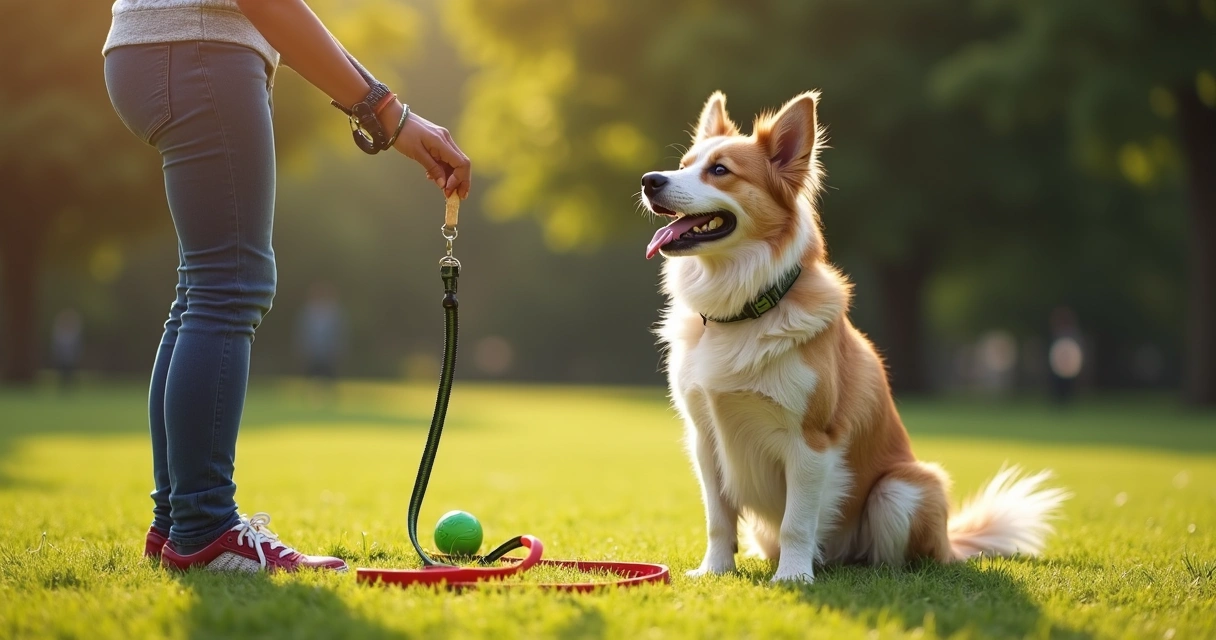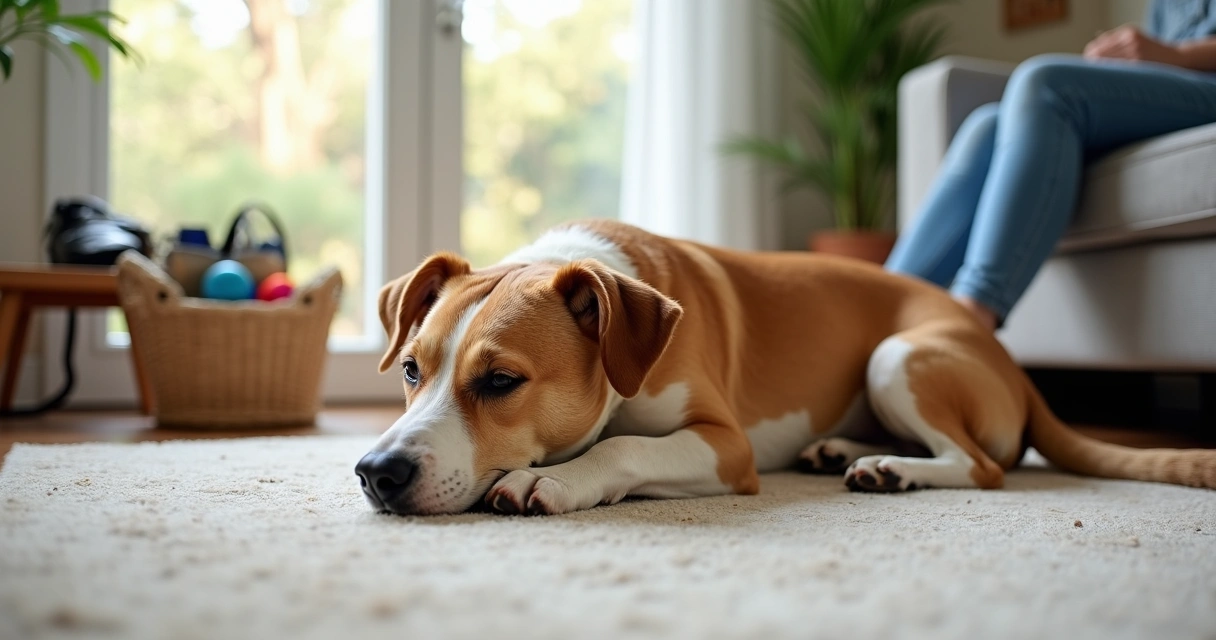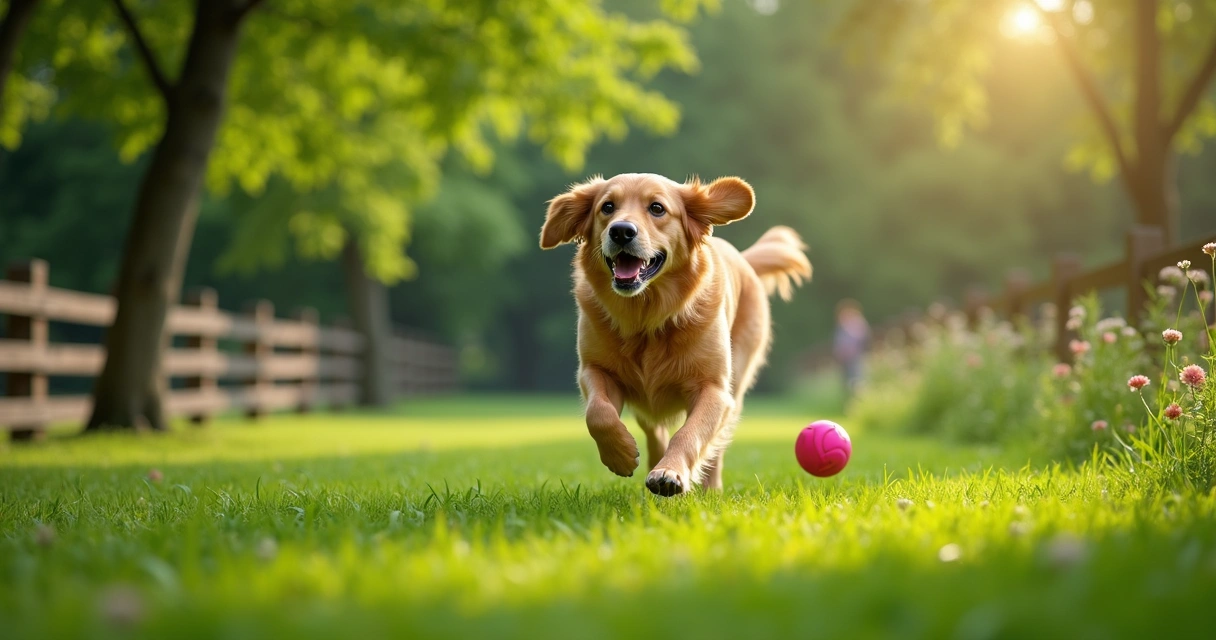I’ve seen firsthand how much joy dogs bring into our lives, but also how confusion or tension can sneak up when a dog starts “guarding” things they value. I remember working with a young rescue who would freeze, hard eyes fixed, every time someone got near his food bowl. It took time to recognize what was happening: resource guarding. This is a common behavior but it can seem mysterious if you've never faced it before.
What is resource guarding?
Resource guarding is when a dog protects things they consider valuable. This could be food, toys, a space, or even a favorite person. Some dogs will simply stiffen, others might grunt, snap, or worse. In my experience, the signals can start subtle—and that’s the moment to take note.
Resource guarding is a natural behavior rooted in survival instincts, but it becomes a problem when it leads to aggression or disrupts the home.
Studies have shown that about 15% of dogs in behavior evaluations displayed some level of resource guarding. Most showed mild to moderate signs. Severe cases were less common, but even mild behaviors can escalate if ignored.
Common signs your dog may be guarding a resource
Spotting resource guarding isn’t always straightforward. I like to remind people that the early signs are often easy to overlook because they don’t seem “aggressive.” Here’s what I’ve noticed most often:
- Sudden stiffness, freezing, or “locking up” when approached near food or toys
- Glaring, hard stares, or “whale eye” (showing the whites of the eyes)
- Low growls, snarl, or even a snap when someone comes close
- Quickly grabbing and ingesting food or treats
- Shielding a bone, toy, or space with their body
- Subtle body blocking when another pet or person moves by
Sometimes, the dog does something as simple as shifting their body to keep an item away. Other times, the intensity ramps up quickly. If you see any of these signs, your dog may be displaying resource guarding and it’s best not to punish or confront them directly.

Why do dogs guard things?
It might help to know that resource guarding is not about dominance, disobedience, or “bad” behavior. It is about feeling insecure or afraid that something valuable will be lost. The reasons can include:
- Genetics or instinct
- Past experiences (especially in shelter dogs or those who lacked food in the past)
- Competition with other pets
- Underlying anxiety or stress
- Medical issues that make the dog feel vulnerable
Research published in Applied Animal Behaviour Science shows that impulsive dogs—those that act quickly and don’t think things through—are more likely to display aggressive or avoidant resource guarding. Neutered males and mixed breeds may also be at higher risk.
How to prevent resource guarding
I often tell my clients that prevention is a blend of awareness, positive experiences, and respect for the animal’s comfort. The key is to create a home where your dog feels safe and confident that resources won’t be taken away for no reason.
- Trade up, don’t snatch: When you need your dog to give up a toy or bone, offer something better (like a treat or higher-value toy) as a swap.
- Never punish the warning: If your dog growls, don't punish them. Growling is communication. Punishing it can lead to a dog who skips the warning and goes straight to biting.
- Handle food and toys with positive meaning: Practice feeding by hand, dropping good things into the bowl as your dog eats, so they associate you coming near with bonus treats.
- Teach the “leave it” and “drop it” cues: These are useful, practical skills. Through consistent training—like what’s provided at Dogtown’s personalized obedience training—your dog learns giving up an item isn’t scary at all.
- Structure mealtimes and spaces: Use different rooms or crates for feeding if you have more than one dog. This removes pressure and need for competition.
- Observe stress signals: If you see any sign of guarding starting to appear, step back, and adjust the environment.
If I'm honest, one of the best things I’ve learned is that the first sign of guarding isn’t the place to confront. It’s the place to step back, re-evaluate, and help your dog feel secure. Sometimes at structured daycares like Dogtown, small group play and careful supervision actually help dogs feel less need to guard because resources are abundant and stress is lower.

What if your dog is already guarding?
I won’t lie and say resource guarding resolves overnight. But I have seen so many cases where patient, positive steps change things for good. Here’s my general approach, based on what’s worked for me and others:
- Identify what triggers guarding. Is it just food? Toys? Your spot on the couch?
- Stay safe first—never try to grab something from a guarding dog. Safety comes before solutions.
- Start at a distance that doesn’t make your dog tense. Toss tasty treats as you pass by their “guarded” item so they learn your approach means something good. Gradually decrease the distance across many sessions.
- Use professional support when needed. Serious guarding (biting, lunging, severe stress) should involve a behavior professional, like those who offer specialized care services at Dogtown.
Interestingly, a study from the journal Animals found that shelter assessments predicted ongoing guarding behaviors only about half the time. Some dogs outgrow it with the right environment and training. Some need more help, but it’s never hopeless.
The risks of ignoring resource guarding
I always get a little nervous when people tell me, “My dog just growls, he’d never bite.” Unfortunately, research from Injury Prevention found that children under 6 were bitten most often in resource guarding incidents, accounting for almost half of all bites in this age group. Younger children may not read the warning signs, so it's parents who need to step in early.
Research has also shown that some shelter dogs may stop guarding after adoption, while others persist. This shows how much environment and early intervention can make a difference.
When to seek help
If you feel you’re in over your head—and believe me, many loving owners do—it’s wise to find professional support. Resource guarding can often be managed but sometimes requires the eye of someone trained in dog behavior.
Places like Dogtown’s day camp offer pre-enrollment assessments to understand temperament and help identify early guarding tendencies. If needed, Dogtown grooming professionals are trained to gently spot stress signals in dogs during routine care, which is a chance to prevent trouble before it ever begins.
Early attention makes a lifelong difference.
Final thoughts
Spotting and preventing resource guarding is not about “fixing” a bad dog, but about responding with understanding. I know the journey can feel long sometimes, but the results—less stress, better behavior, and a more trusting bond—are absolutely worth it. Dogtown is dedicated to supporting owners and pets at every step, from basic training to specialized care and safe social environments. If you want to see your dog thrive, schedule an assessment or try our tailored services—you might find your best friend simply needed a little more trust and guidance.
Frequently asked questions
What is resource guarding in dogs?
Resource guarding is when a dog tries to protect something they value, like food, toys, or even a favorite resting spot, from people or other animals. It can involve behaviors like growling, snapping, or simply blocking access. While it is normal for many dogs, it is best managed proactively to avoid conflict.
How to tell if my dog guards?
Watch for subtle signals: stiffening, hard stares, hovering over an item, growling when approached, quick gulping of food, or trying to block access. Sometimes, it’s as minor as a dog turning their body to shield an object. If you notice these behaviors regularly, your dog may be resource guarding.
How can I prevent resource guarding?
The best prevention is to make your dog feel secure when people or pets approach their valued items. Swap items for treats instead of forcing them away, respect warning signs, teach “leave it” and “drop it,” and set up feeding routines that remove competition or stress. Positive experiences during handling and feeding help a lot.
What causes resource guarding behavior?
Resource guarding is usually rooted in survival instincts but can be influenced by genetics, past experiences, anxiety, or competition in the home. Some dogs have learned they need to protect what’s theirs, often from hardship or uncertainty. Medical problems can also play a role if a dog feels vulnerable.
Can resource guarding be cured completely?
It depends. Some dogs stop guarding with the right training and home environment, while others will always be a little protective around certain items. Most dogs improve a lot, but it’s best to manage the environment and continue positive reinforcement long-term. Studies show that behavior can change, but consistency is key.





